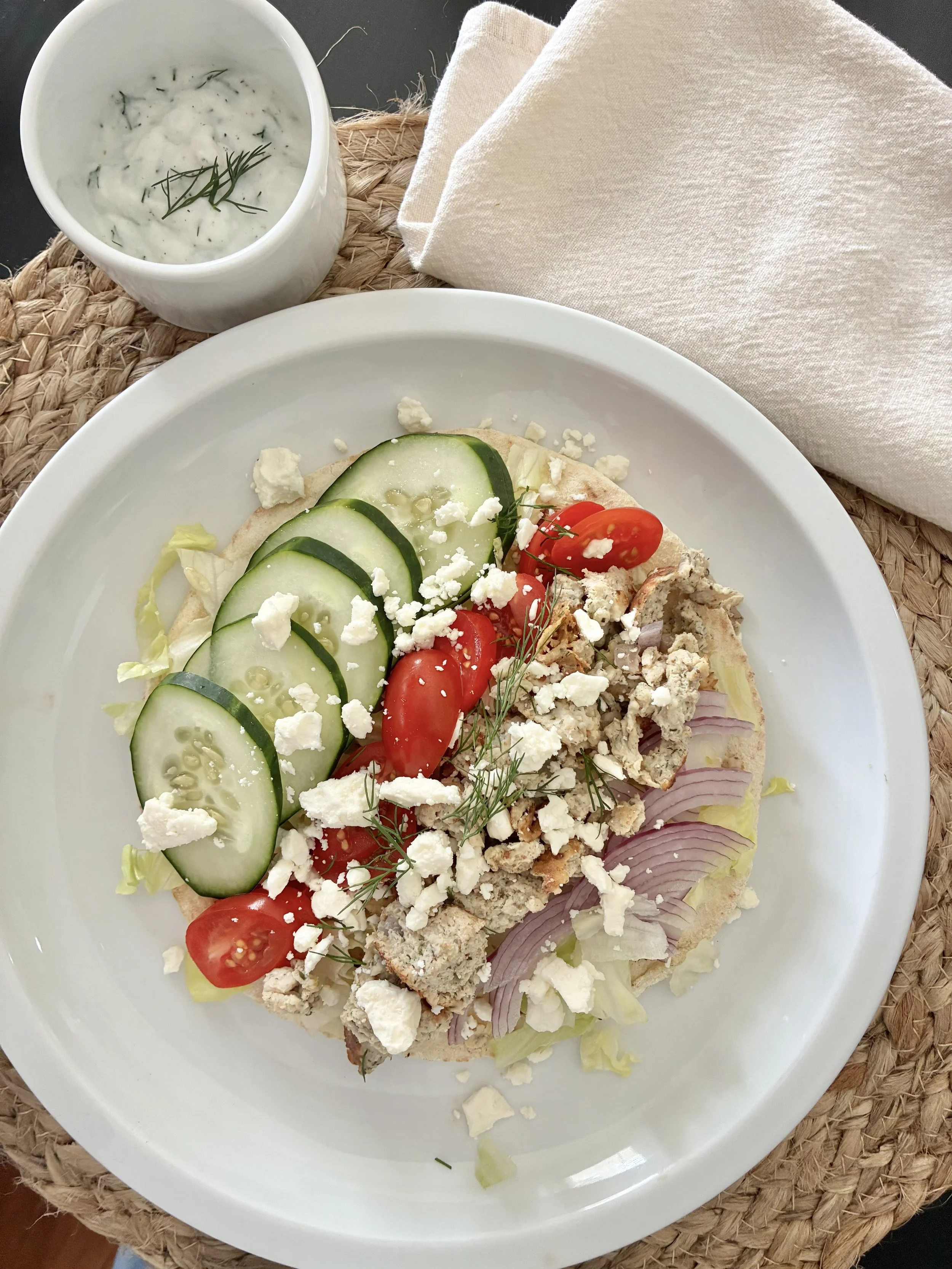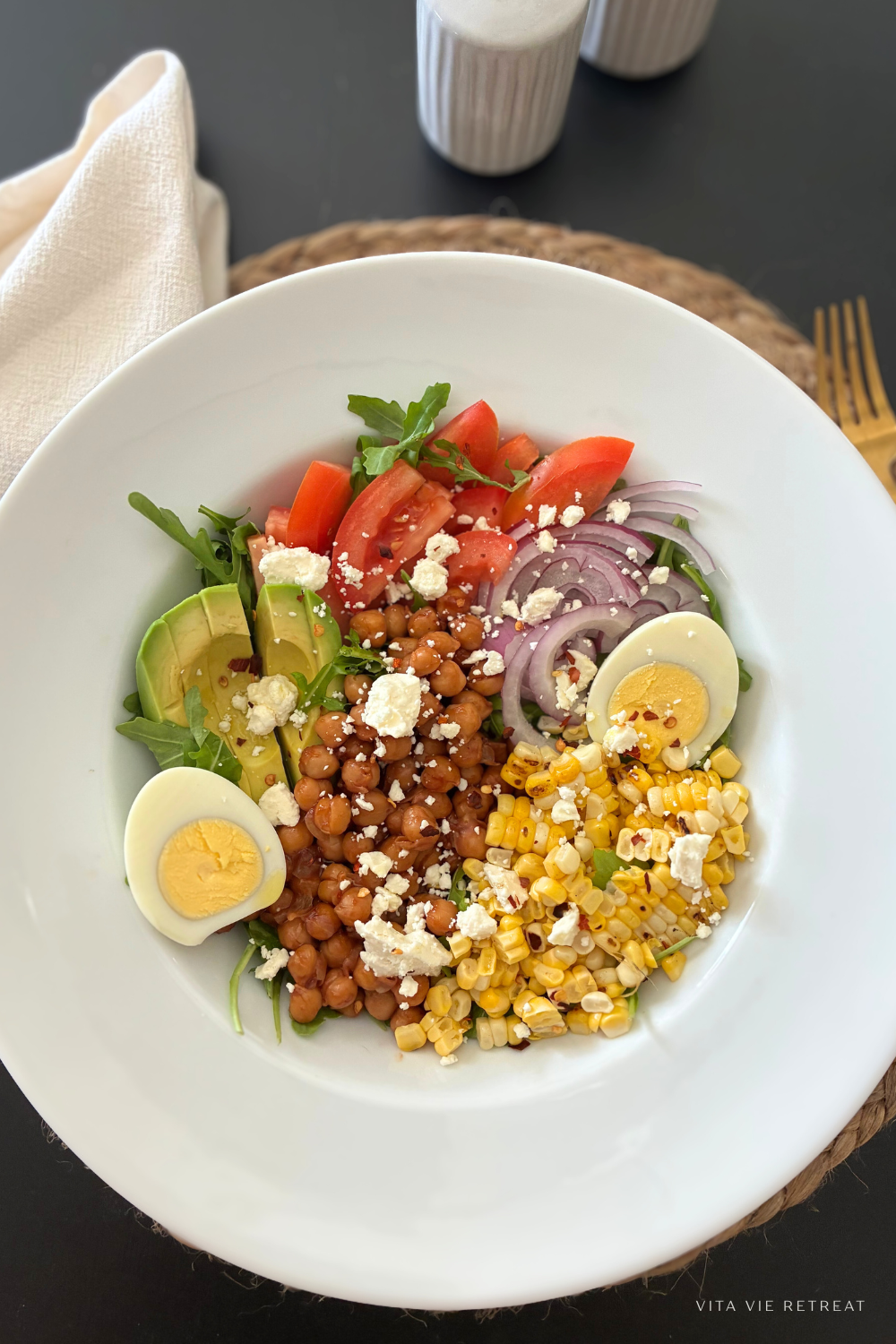High Protein, Low Carb Diet: 11 Do's & Don'ts
/Following a high-protein, low-carb diet can be an effective way to support weight loss, maintain muscle, balance blood sugar, and keep your energy steady throughout the day. But like any eating approach, success isn’t just about what you eat—it’s also about how you approach the plan as a whole.
Many people dive into this style of eating with enthusiasm, only to get stuck in common pitfalls: relying too heavily on processed “diet” foods, skipping important nutrients, or not planning meals properly. On the flip side, when done with balance and strategy, a high-protein, low-carb diet can be satisfying, sustainable, and flexible enough to fit into your lifestyle.
That’s where these 11 do’s and don’ts come in. Think of them as your roadmap for avoiding mistakes, making smarter choices, and getting the most out of this way of eating.
From choosing the right sources of protein to understanding how to fuel your body with healthy fats and fiber, these tips will help you stay on track without feeling deprived.
→ If you want a done-for-you plan, we’ve also created The High Protein Reset, but let’s dive into the free tips first.
Do:
✅ Focus on Fresh, Whole Foods
Prioritize lean meats, fish, eggs, dairy, nuts, and seeds, along with nutrient-dense vegetables. Processed foods, even if high in protein, can contain hidden sugars and unhealthy additives.
✅ Eat a Variety of Colorful Foods
Low-carb doesn’t mean avoiding vegetables! Incorporate a range of non-starchy vegetables like spinach, bell peppers, zucchini, and cauliflower to ensure you get enough fiber, vitamins, and minerals.
✅ Hydrate Adequately
A high-protein diet requires more water for proper digestion and kidney function. Aim for at least 8–10 glasses of water daily, and more if you exercise frequently.
✅ Replenish Electrolytes
When reducing carbs, your body retains less water and may flush out essential electrolytes. Incorporate foods like leafy greens, nuts, seeds, avocados, and salmon to maintain potassium and magnesium levels. Consider adding sea salt to meals and drinking bone broth or electrolyte supplements to replenish sodium. Be mindful of sodium, potassium, and magnesium intake to avoid fatigue, headaches, and muscle cramps.
✅ Consider Your Macros
Ensure you’re consuming enough fats and proteins while still fueling your body appropriately. A well-balanced ratio helps maintain energy levels and supports metabolic function. Depending on your goals, a common macronutrient breakdown for a high-protein, low-carb diet is around 40–50% protein, 30–40% fat, and 10–20% carbohydrates. Adjust these ratios based on whether your focus is weight loss, muscle gain, or overall health. you’re consuming enough fats and proteins while still fueling your body appropriately. A well-balanced ratio helps maintain energy levels and supports metabolic function.
→ For high protein recipe inspiration, grab our High Protein Recipe Bundle
✅ Use Portion Control or Calorie Counting
Just because a diet is high in protein and low in carbs doesn’t automatically lead to weight loss. Track your portions to ensure you’re not overeating, as excess calories can still be stored as fat.
Don’t:
❌ Rely Only on Processed Protein Sources
Protein bars, shakes, and processed meats may be convenient, but they can contain artificial ingredients and excess sodium. Whole food sources are always the better choice.
❌ Neglect Healthy Fats
A low-carb diet should not mean a low-fat diet. Include healthy fats like avocado, nuts, seeds, and olive oil to support brain function and hormone balance.
❌ Ignore Fiber Intake
Many high-protein diets lack sufficient fiber, which plays a crucial role in digestion and gut health by promoting regularity, feeding beneficial gut bacteria, and preventing constipation. Include fiber-rich, low-carb foods like leafy greens, flaxseeds, and chia seeds. high-protein diets lack sufficient fiber, which is essential for digestion and gut health. Include fiber-rich, low-carb foods like leafy greens, flaxseeds, and chia seeds.
❌ Overeat Protein
Too much protein can still be stored as fat or converted into glucose, impacting ketosis if that’s your goal. Aim for around 0.6–1.0 grams of protein per pound of body weight per day, depending on your activity level and fitness goals. Balance your intake based on your body’s needs.
❌ Forget to Listen to Your Body
If you’re feeling sluggish, bloated, or experiencing other negative symptoms, adjust your diet accordingly. Every body is different, and finding the right balance is key.
A high-protein, low-carb diet can be beneficial when done correctly. By focusing on whole foods, hydration, and balanced macros, while avoiding common pitfalls, you can create a sustainable and effective approach to eating. Remember, the best diet is the one that works for you long-term!
More To Explore: Next Steps
Dive in for more learning & tips! Here are a few resources to keep the momentum going:
📌 Related Posts
✓ Done-for-You Guides
The High Protein Reset → done-for-you complete program with meal plans, resources & more
High Protein Recipe Bundle with Bonus Meal Plan → over 150 recipes
THE HIGH PROTEIN, LOW CARB DIET BLUEPRINT: WEIGHT LOSS & OPTIMAL HEALTH
Get the support and guidance you need with our High Protein Reset! Packed full of tools and education, you’ll get:
Meal Plans with grocery lists and meal prep tips
Snack ideas
Wellness Meal Plans - Anti-Inflammatory + Sugar Free Paleo
Meal Prep Guide with Strategies
One pot meals
Nutrition & Dining Guides
Wellness Guides
Tracking Tools
Energy Balance & Biofeedback Guides
Mindful Eating Tips & more!






















